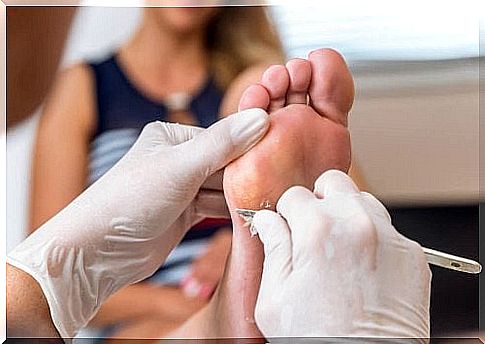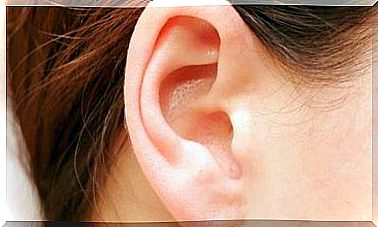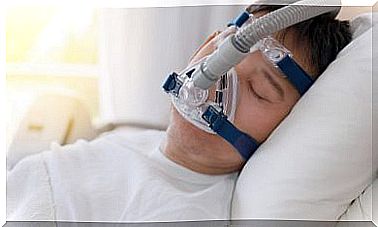When Should You See A Podiatrist?
Although the podiatrist is frequently consulted for reasons of pain or discomfort, the truth is that its function can also be preventive. Podiatry is able to prevent foot injuries before they appear.
This area of health studies the feet in their anatomical and physiological context. It goes far beyond the famous calluses and the biometric study of the footprint. It is a specialty that considers the lower limbs as a functional whole.
The podiatrist has the ability to prevent, diagnose, treat and rehabilitate the feet, correcting disorders, preventing them from appearing and reconditioning the footprint. To be a podiatrist, you have to complete a diploma in some countries, and in others reach a university degree.
Common reasons to go to the podiatrist
As we anticipated, podiatry is not a science that is reduced to treating calluses. Various areas of daily life influence the anatomy and physiology of the foot, and it is there that the podiatrist can exercise his knowledge.
The most common reason for consultation is still pain or discomfort. When we notice that our feet hurt too much, are uncomfortable when walking or a visible injury has formed, then we go to the podiatrist.
However, we can consult you without suffering injuries. For example, if we are going to start a sport, or we have already been practicing it for a long time, you can advise us. The tread is forced and overloaded in sports, and a podiatrist can correct bad posture so as not to injure us.
There is also the possibility of requesting the professional to carry out a biometric test of the footprint. Through measurements and appliances, the podiatrist determines what the base of our foot is like, where it relies on more and less, and how it could be injured if it is not corrected.

Disorders that podiatry can treat
Now, the podiatrist has the power to treat diseases already established in the foot. Sometimes in conjunction with a general practitioner or orthopedist, and other times directly with their own expertise.
In podiatry, the following can be treated:
- Repetitive injuries: There are people who often injure their feet or the ankle joint. This can respond to a bad footprint. By biometrically evaluating the foot, there is the possibility of correcting bad supports.
- Bad old age supports: With aging, the bones of the foot weaken and deform, which changes the way you step. A podiatrist can advise the elderly and their caregivers to improve walking dynamics and prevent falls.
- Ingrown nails: they are removed with minimally invasive surgeries that are resolved in a few minutes, with local anesthesia.
- Flatfoot: Flatfoot is a condition where the inner arch of the foot is not fully formed. It can be painful if the right footwear is not used.
- Corns: Calluses are treated by podiatrists with special instruments.
- Hammer toes: Some people have toe deformities. The most common is hammer toe, which involves a toe bending down on itself. This changes the footprint, alters the use of footwear and generates calluses.
- Bromhidrosis: this is the name of the intense smell in the feet due to a failure in the glands of the lower limbs. Sometimes there are concomitant infections that contribute to the odor, and other times it is a genetic fault only.

Treatments performed by the podiatrist
The podiatrist is trained to perform treatments if he detects an alteration that is within his reach. One of the indications that these professionals perform the most is the use of templates.
Insoles are orthopedic treatments, that is, they aim to correct deviations in the axis of posture. By improving posture, joint pain and disorders are avoided.
Although there are templates that can be freely purchased in stores, it is not recommended. Ideally, a podiatrist should always carry out the corresponding measurement of the foot to indicate the appropriate template for each person. The footprint is an individual characteristic that is not shared equally by all human beings.
If necessary, the podiatrist can also perform minor surgeries. As we already said, ingrown toenail and calluses are approachable with minimal instruments in the office. Nothing but local anesthesia is required.
Follow-up is also important in podiatry. The feet may return to their positional vices, ingrown toenails may return, or calluses may reappear. The podiatrist makes scheduled appointments to monitor your treatments and reevaluate.









